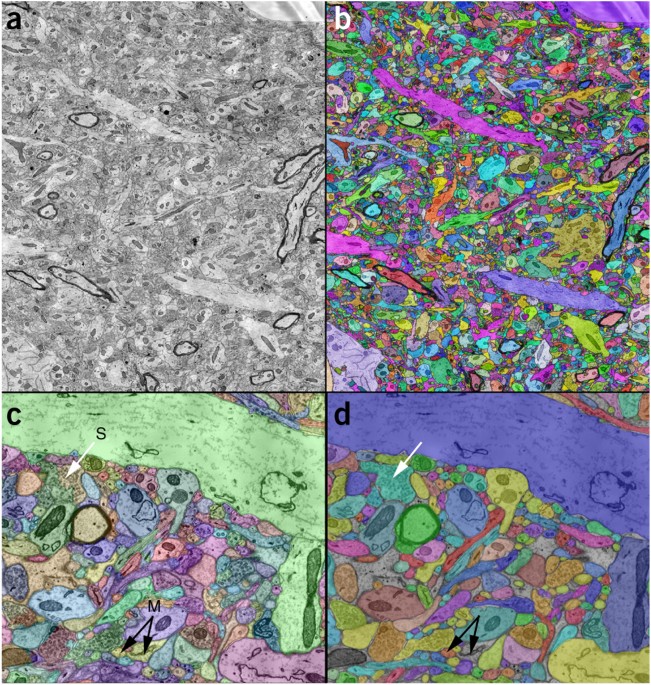- Select a language for the TTS:
- UK English Female
- UK English Male
- US English Female
- US English Male
- Australian Female
- Australian Male
- Language selected: (auto detect) - EN
Play all audios:
ABSTRACT DEPOPULATION AND DISEASE IN THE NEW HEBRIDES.—Dr. P. A. Buxton, of the London School of Hygiene and Tropical Medicine Expedition to the South Pacific, in a communication to the
Royal Society of Tropical Medicine and Hygiene, which is published in vol. 19, No. 8, of the _Transactions_ of that Society, discusses the question of depopulation in the New Hebrides and
examines the evidence bearing on the statement generally made as to the extent to which this is due to diseases introduced by Europeans. Depopulation appears to be going on rapidly on all
the islands except Tanna, Aniwa, and the north part of Pentecost. On Tanna, Tonga, Tongariki, and Buninga, numbers are stationary or rising, and on Futuna and Aneityum they may have reached
their lowest and begun to rise. A calculation based on figures going back as far as any records are available for the five islands Aneityum, Aniwa, Futuna, Erromanga, and Epi, shows that
there is no consistent rise or fall throughout the period, which in one case goes so far back as 1865. This seems to imply that the principal causes of depopulation were as active in the
last century as now. To some extent the decline may be due to native customs—the institution of gerontocracy, which reserved marriageable females to the old males, abortion, a practice which
repression of polygamy tends to increase, wars, belief in magic, bad housing, and unsuitable feeding of infants. The evidence of pedigrees shows an actual decrease in the birth-rate. The
recruitments of native labour carried off the younger men as well as introduced disease. Of diseases, the most serious are malaria and yaws, but dysentery and pulmonary diseases play an
important part. Two disquieting facts are that the rate of decline is no less now than it was fifty years ago, notwithstanding the abolition of “blackbirding” and the reduction in the
severity of epidemics, and that about 118 males are born per hundred females, this disproportion persisting through life. These facts almost warrant the prediction of the eventual extinction
of many of the races now living in the New Hebrides. Access through your institution Buy or subscribe This is a preview of subscription content, access via your institution ACCESS OPTIONS
Access through your institution Subscribe to this journal Receive 51 print issues and online access $199.00 per year only $3.90 per issue Learn more Buy this article * Purchase on
SpringerLink * Instant access to full article PDF Buy now Prices may be subject to local taxes which are calculated during checkout ADDITIONAL ACCESS OPTIONS: * Log in * Learn about
institutional subscriptions * Read our FAQs * Contact customer support CHANGE HISTORY * _ 01 JULY 1926 In the issue of July 10, p. 64, col. I, line 21 of paragraph on “Silver Iodide in
Gelatin Jodo-bromide Emulsions”: for “440 mm.” read: “440 µµ.” _ RIGHTS AND PERMISSIONS Reprints and permissions ABOUT THIS ARTICLE CITE THIS ARTICLE Research Items. _Nature_ 118, 62–64
(1926). https://doi.org/10.1038/118062a0 Download citation * Issue Date: 10 July 1926 * DOI: https://doi.org/10.1038/118062a0 SHARE THIS ARTICLE Anyone you share the following link with will
be able to read this content: Get shareable link Sorry, a shareable link is not currently available for this article. Copy to clipboard Provided by the Springer Nature SharedIt
content-sharing initiative






